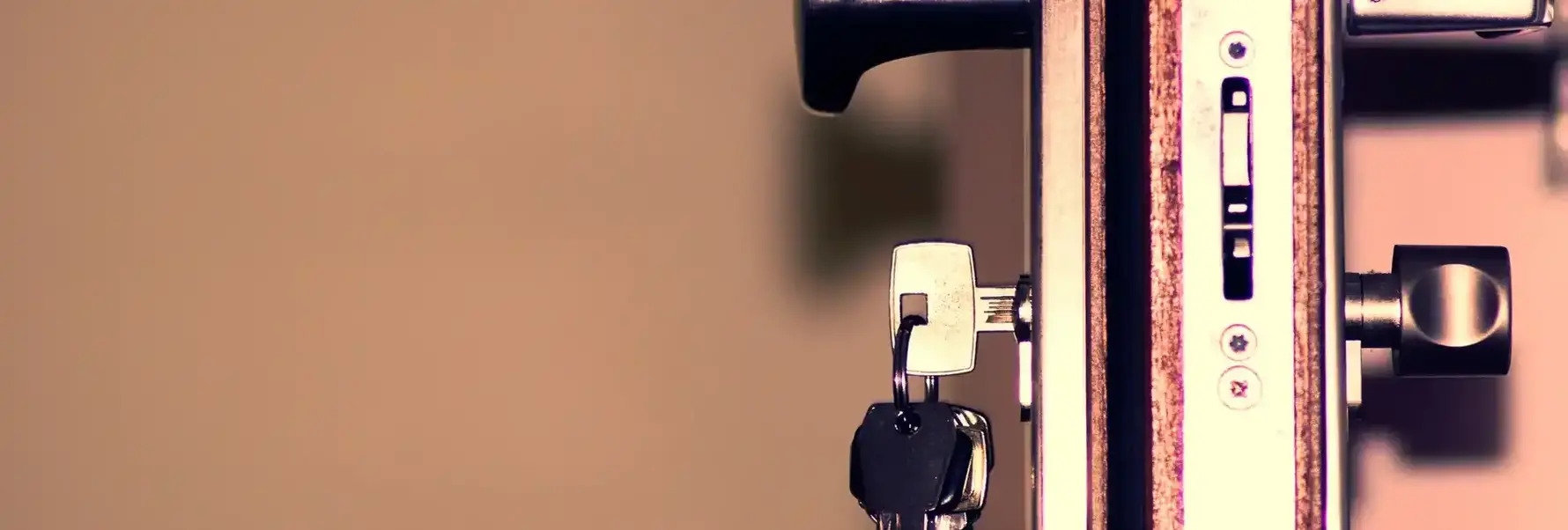Keep it Simple
18 Jul 2020
Simplifying Cyber Security

Simplifying Cyber Security
Not everything has to be difficult… The world of Cyber Security may be littered with fear provoking buzz words and unrecognizable theories, but this information is for us, the Cyber Security Specialists, and it is our job to cut through this for you. Yes, Cyber Security is a serious business – but there are also some simple approaches that can easily make your world more Cyber secure.
Let’s use my house as an example. It has 3 doors, which are the direct entrance points into my home. When I am not at home, I lock the doors of my house to deter burglars from just walking in. I have different locks on the doors, so there isn’t one single point of entry. I don’t leave keys on a hook outside for someone to come in, nor do I give the keys to a random neighbour and say, “Hey, come in whenever you want.”
In my house, I have assets that are very important to me. I have a safe with important documents, cash and family heirlooms that is hidden out of sight. I don’t leave the safe open in front of my window for everyone to see. I also have three of my most important assets: my children. And I make sure that they know if someone knocks on the door, they should look through the peep-hole and ask the person to identify themselves before they open the door.
This is common sense stuff, that we all know and practice and my point is - it’s not so different in the virtual world.
Five things to think about
1. How do you lock your doors (laptops, servers, IT systems) when you are away from them?
2. Do you have different keys to get in the “house” or one key for everything (multiple passwords for multiple functions)?
3. Do you give your keys to random people, allowing access to everything we own (password sharing, passwords written on post-it notes)?
4. Do you leave your most critical assets out for all the world to see (sensitive information stored on the desktop or unsecured thumb drives)?
5. Are you explaining the risks to the people in your house? (Do your end users know when it is safe to “let someone in” or when to share information)?
Just thinking about these five things can greatly improve your security posture. Talk to your staff and colleagues, encourage them to be more security aware in their everyday lives, and to protect their computers and data in the same way they protect their home.
